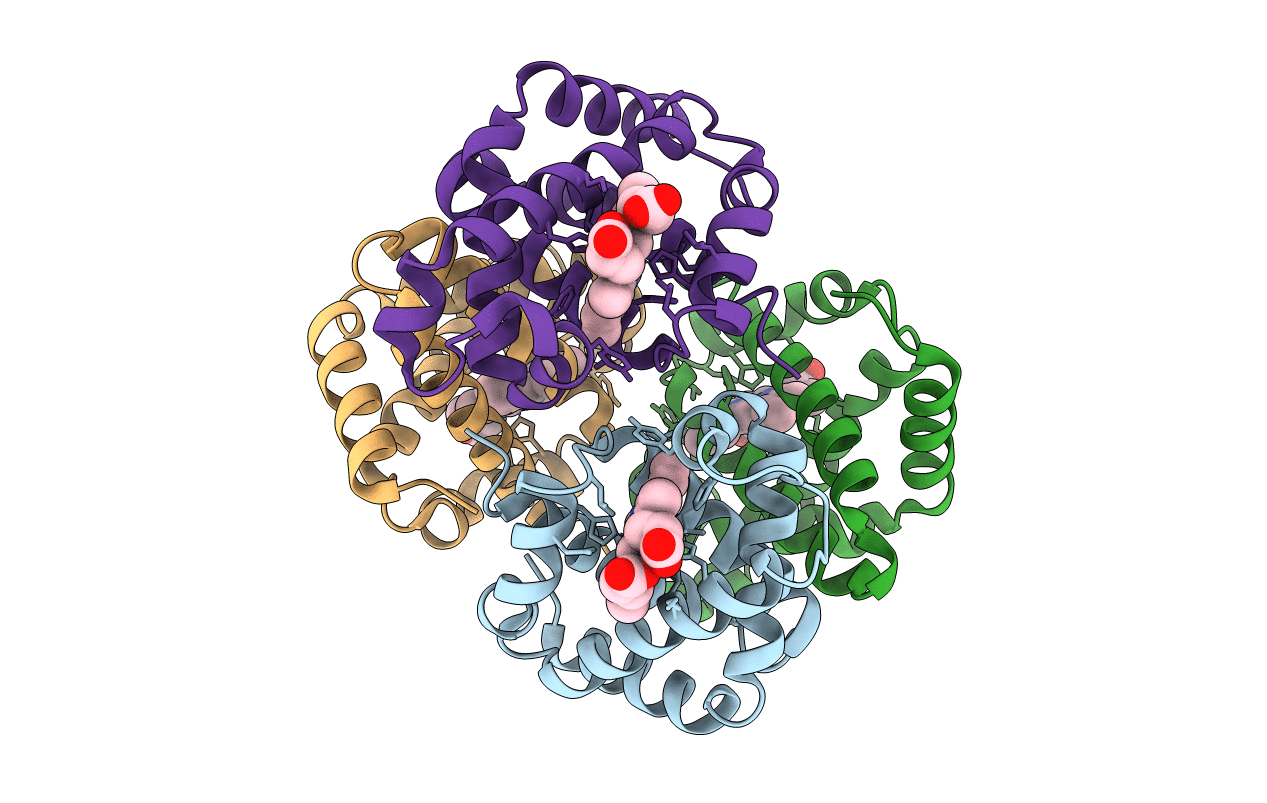
Deposition Date
2010-06-10
Release Date
2010-07-07
Last Version Date
2024-11-20
Entry Detail
PDB ID:
3NFE
Keywords:
Title:
The crystal structure of hemoglobin I from trematomus newnesi in deoxygenated state
Biological Source:
Source Organism:
Trematomus newnesi (Taxon ID: 35730)
Method Details:
Experimental Method:
Resolution:
2.01 Å
R-Value Free:
0.25
R-Value Work:
0.18
R-Value Observed:
0.18
Space Group:
P 41


